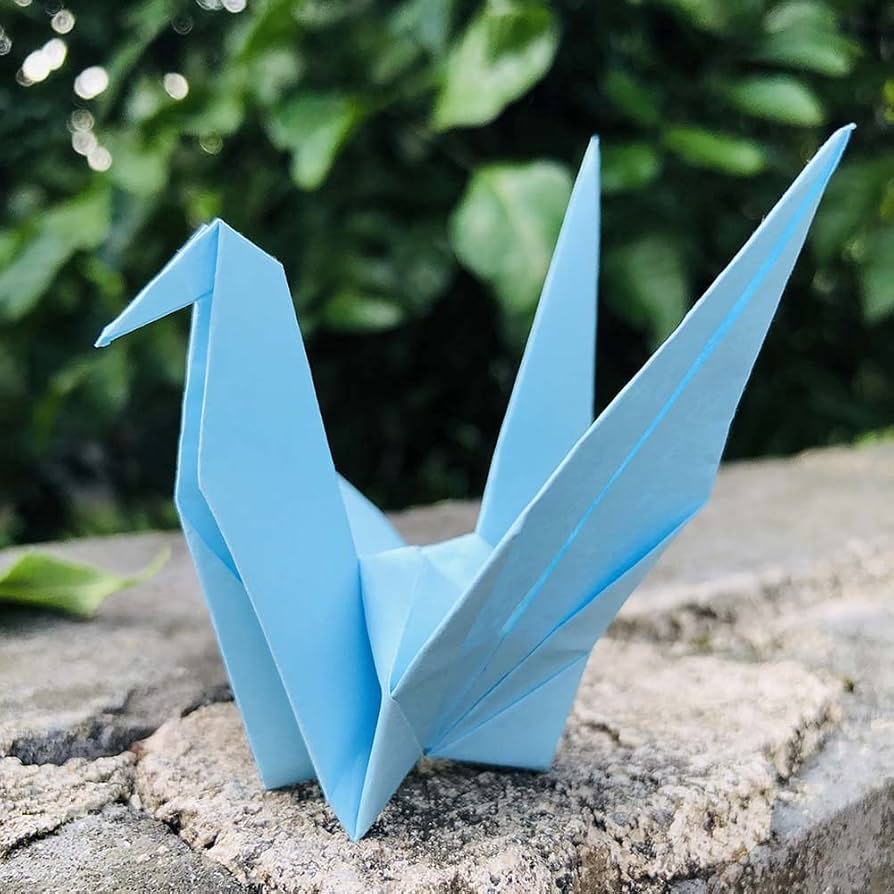A Journey into Origami: The Art of Paper Folding
Origami, derived from the Japanese words "oru" (to fold) and "kami" (paper), is an ancient and captivating art form that transforms a flat sheet of paper into a sculpted object without cutting, gluing, or marking. Its origins can be traced back to 17th-century Japan, though paper folding traditions exist in various cultures around the world. What makes origami so unique is its reliance on precise folds and geometric principles to bring a two-dimensional medium to life in three dimensions. From simple boats and hats to intricate animals and complex modular structures, the possibilities are virtually limitless, constrained only by the folder's imagination and skill.
Beyond its artistic beauty, origami offers a wealth of cognitive and therapeutic benefits. The act of folding demands patience, precision, and spatial reasoning, honing fine motor skills and improving concentration. It encourages problem-solving as one interprets diagrams and sequences of folds, and fosters a sense of accomplishment with each completed piece. For many, the repetitive, rhythmic nature of folding can be deeply meditative, providing a calm escape from the stresses of daily life. It's a testament to the power of simplicity, demonstrating how complex forms can emerge from basic actions and a humble material.
The history of origami is deeply intertwined with the history of paper itself. Once paper became more readily available, the art of folding began to flourish, particularly in Japan. Early origami forms were often ceremonial or religious, used for gifts, decorations, or in Shinto rituals. Over time, it evolved into a popular pastime, with new patterns and techniques continually developed and shared. The mid-20th century saw a significant revitalization and globalization of origami, thanks to masters like Akira Yoshizawa, who not only created thousands of new models but also standardized the diagramming system, making complex designs accessible to a wider audience worldwide.
Today, origami continues to innovate, pushing the boundaries of what can be achieved with paper. From single-sheet creations to elaborate modular and tessellation designs, the community of folders is constantly exploring new ways to manipulate paper. There are even computational origami artists who use algorithms to design incredibly complex and often functional structures. Whether you're a beginner folding your first paper crane or an experienced enthusiast tackling a dragon, origami offers a rewarding and endlessly fascinating journey. It reminds us that with a little creativity and precision, ordinary paper can be transformed into extraordinary works of art, waiting to unfold their silent stories.
Sample Creations

Graceful Bird
A classic and elegant origami creation, often one of the first models learned by beginners.

Dynamic Fighter Jet
A more complex model showcasing sharp angles and functional design, appealing to aviation enthusiasts.

Mighty Dinosaur
Intricate folds bring prehistoric creatures to life, often requiring advanced folding techniques.